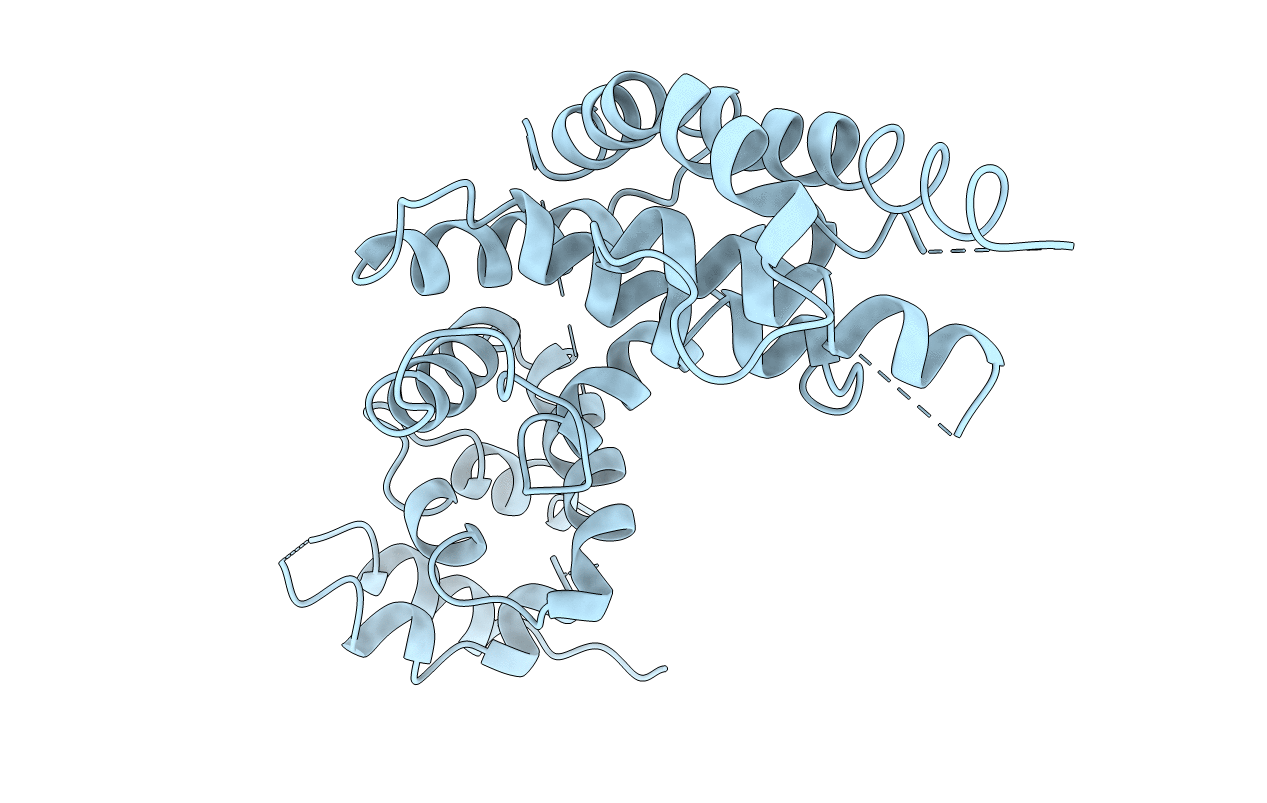
Deposition Date
1998-07-08
Release Date
1999-07-20
Last Version Date
2023-12-27
Method Details:
Experimental Method:
Resolution:
2.50 Å
R-Value Free:
0.36
R-Value Work:
0.26
R-Value Observed:
0.26
Space Group:
C 1 2 1


